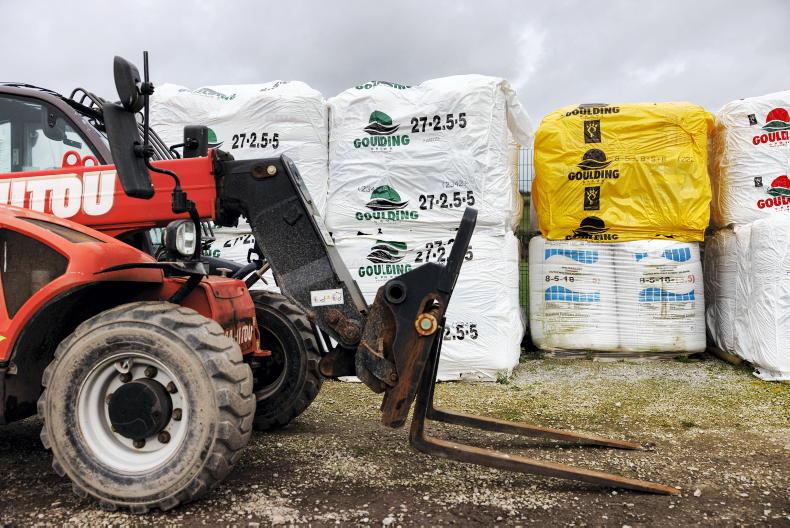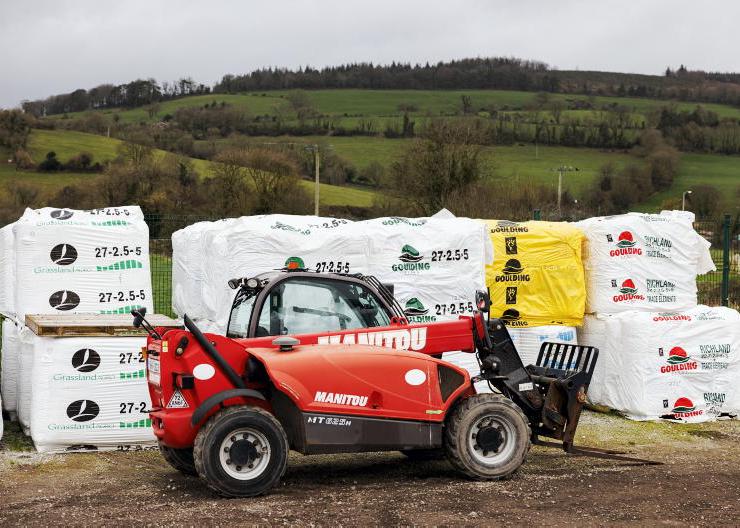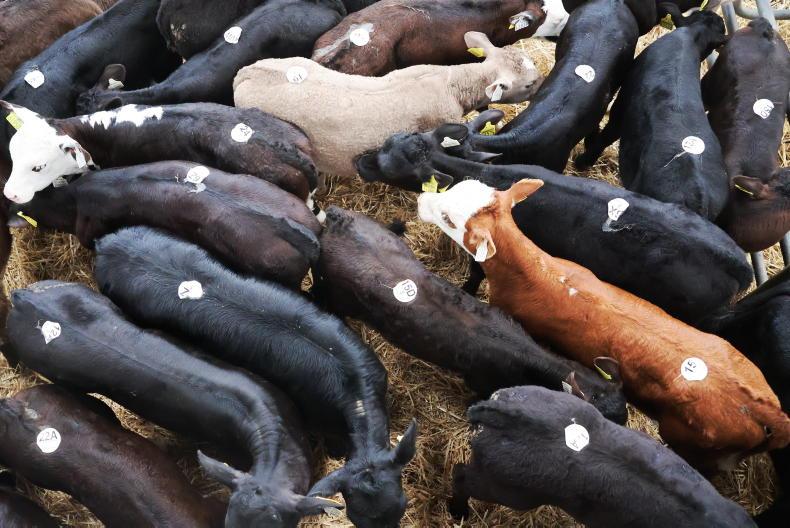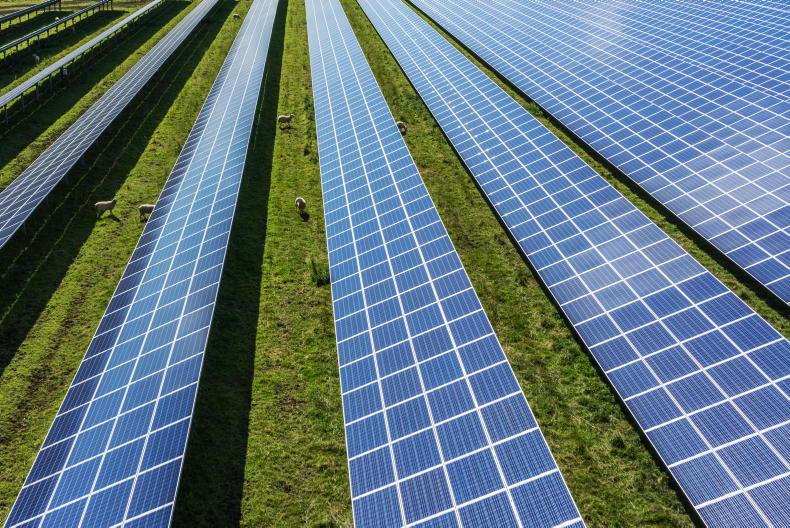The World Bank’s fertiliser index has increased 15% from earlier this year and prices have tripled compared with two years ago.
High input costs, supply restrictions and trade restrictions have contributed to drive the latest spike.
The World Bank has said that this poses a serious threat to global food security, as the planting season starts for this summer.
Many countries are net fertiliser importers, including some major food exporters.
The World Bank has urged that we must act now to make fertilisers more accessible and affordable to avoid a prolonged crisis and to maintain food production.
Facilitate trade
Countries should lift trade restrictions or bans on fertilisers. This practice, which supports domestic production, puts fertilisers out of reach of poorer developing countries which face the highest levels of food insecurity and hunger, according to the World Bank.
The level of restrictions on fertiliser availability is now approaching that of the 2008 global food price crisis.
To facilitate trade, countries can reduce delays and cut compliance costs by getting rid of unnecessary red tape for importing targeted goods.
Financing the fertiliser supply chain from manufacture to importing is also a factor in bottlenecks, according to the World Bank.
In some cases, fertiliser buyers or importers working capital requirements have tripled.
Short-term credit facilities and guarantees, mobilised with the support of international development actors, may be necessary in some cases.
Efficient use
Fertiliser use must be made more efficient. Nitrogen use efficiency ranges from 30% to 50% in general. That is, for every unit of nitrogen applied, only 50% is used by the crop.
Nitrogen use efficiency of 90% is recommended in the EU. The World Bank suggests that this can be done by providing farmers with appropriate incentives that do not encourage their overuse.
In Ireland's case, the focus cannot simply be on ensuring fertiliser is imported into the country
This is necessary to ensure that available supplies go further, especially to countries most in need.
World Bank analysis shows that rich countries consume 100kg of fertiliser per hectare, nearly twice as much as developing countries. Subsidies that encourage excessive use also encourage wastage which also has environmental and climate implications.
Innovation required
We must invest in innovation to develop best practices and newer technologies that will help increase output per kg of fertiliser used, according to the World Bank.
This includes investing in knowledge to ensure that the best suited fertiliser and quantity are applied to the specific crops.
We must also invest in soil health to maximise the effectiveness of fertilisers. While precision agriculture and fertigation - combining fertiliser and irrigation - are two such technologies in use the World Bank urges that more needs to be done to ensure that waste in minimised.
It also proposes supplementing with bio fertilisers and practices which not only help current supply challenges, but also reduce the climate and environmental impact.
Ultimately, the world now faces a huge immediate challenge to maintain food production and food security, particularly for the poorest and most food insecure.
The challenges in the fertiliser market are multi-factoral, including economics of production, maintaining global trade, financing the trade so that buyers can function in the market and ruthlessly pursuing efficiency of use.
Each of these challenges is significant in and off itself - taken together they pose an enormous threat to world food production.
In Ireland's case, the focus cannot simply be on ensuring fertiliser is imported into the country.
Rather a rigorous plan is needed to ensure that the fertiliser that is imported is at best available prices, risk is spread fairly across the supply chain and at all costs efficiency of use a paramount objective.










SHARING OPTIONS